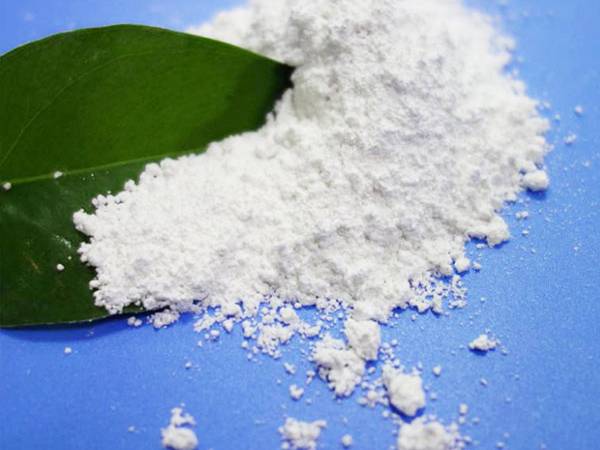



winter treatment for swimming pools
Winter Treatment for Swimming Pools Essential Tips for Maintaining Your Oasis
As the colder months approach, pool owners often face the dilemma of how to properly maintain their swimming pools during winter. With the right winter treatment, you can protect your investment and ensure that your pool remains in excellent condition when warmer weather returns.
First and foremost, winterizing your pool begins with thorough cleaning. Removing leaves, debris, and any algae buildup is crucial. Not only does this make the winterization process simpler, but it also helps prevent staining and damage to pool surfaces. Use a skimmer to clean the surface and a vacuum to tidy up the bottom. It’s a good idea to brush the walls and floor as well, ensuring that no residue is left behind.
Next, balance the water chemistry. Before closing the pool, test the water’s pH, alkalinity, and calcium hardness levels. Ideally, the pH should be between 7.4 and 7.6, alkalinity between 80 and 120 ppm, and calcium hardness between 200 and 400 ppm. Proper chemical balance prevents corrosion and scaling, extending the lifespan of your pool equipment. Add winterizing chemicals as needed, including algaecide and chlorine, to keep the water sanitized.
winter treatment for swimming pools

Once the pool is clean and balanced, it’s time to lower the water level. Depending on the type of pool cover you’re using, you may want to lower the water level below the skimmer or to a specific level recommended for your cover. This is particularly important for above-ground pools, which can be susceptible to collapsing under ice pressure.
After adjusting the water level, you’ll need to remove any detachable accessories, such as ladders and skimmers, and store them in a dry, sheltered location. This prevents damage from freezing temperatures and ensures that your equipment remains in top shape for the next swimming season.
Finally, cover your pool with a quality winter cover. A good cover will keep debris out and prevent algae growth. Ensure that it’s securely fastened, as high winds can displace covers or cause wear over time.
In summary, proper winter treatment for swimming pools involves cleaning, balancing water chemistry, lowering water levels, removing accessories, and securely covering the pool. By following these steps, you can protect your pool throughout the winter, allowing you to enjoy a pristine swimming environment when summer returns. Investing the time and effort now will save you from costly repairs and extensive cleaning come spring, making it well worth the effort.
-
Why Sodium Persulfate Is Everywhere NowNewsJul.07,2025
-
Why Polyacrylamide Is in High DemandNewsJul.07,2025
-
Understanding Paint Chemicals and Their ApplicationsNewsJul.07,2025
-
Smart Use Of Mining ChemicalsNewsJul.07,2025
-
Practical Uses of Potassium MonopersulfateNewsJul.07,2025
-
Agrochemicals In Real FarmingNewsJul.07,2025
-
Sodium Chlorite Hot UsesNewsJul.01,2025










